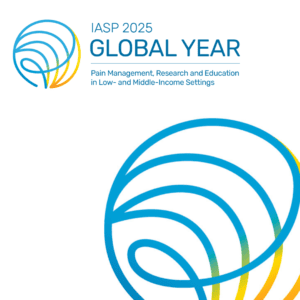Chronic lateral epicondylitis, or "tennis elbow," is rare and affects 1% to 3% of adults annually. The initial treatment should be nonoperative and include physical therapy, nonsteroidal anti-inflammatory medication, rest, bracing, extracorporeal shock wave therapy, and injection therapy with various agents such as autologous blood, dextrose, corticosteroids, or platelet-rich plasma. The condition is self-limited, and approximately 80% of cases resolve. In refractory cases, arthroscopic release with debridement is a good surgical option but is not superior to open or percutaneous techniques. Recent research shows that a reduction in magnetic resonance imaging signal intensity in patients who respond to arthroscopic treatment correlates with pain reduction and functional outcome improvement.
- Membership
- Publications
- Resources
- Education
- Event Calendar
- Outreach
- Global Year
- Pain Management, Research and Education in Low- and Middle-Income Settings
- Sex and Gender Disparities in Pain
- Integrative Pain Care
- Translating Pain Knowledge to Practice
- Back Pain
- Prevention of Pain
- Pain in the Most Vulnerable
- Pain Education
- Joint Pain
- Pain After Surgery
- Global Year Campaign Archives
- My Letter to Pain
- IASP Statements
- ICD-11 Pain Classification
- National, Regional, and Global Pain Initiatives
- International Pain Summit
- Pain Awareness Month
- Global Year
- About
- For Pain Patients and Professionals

